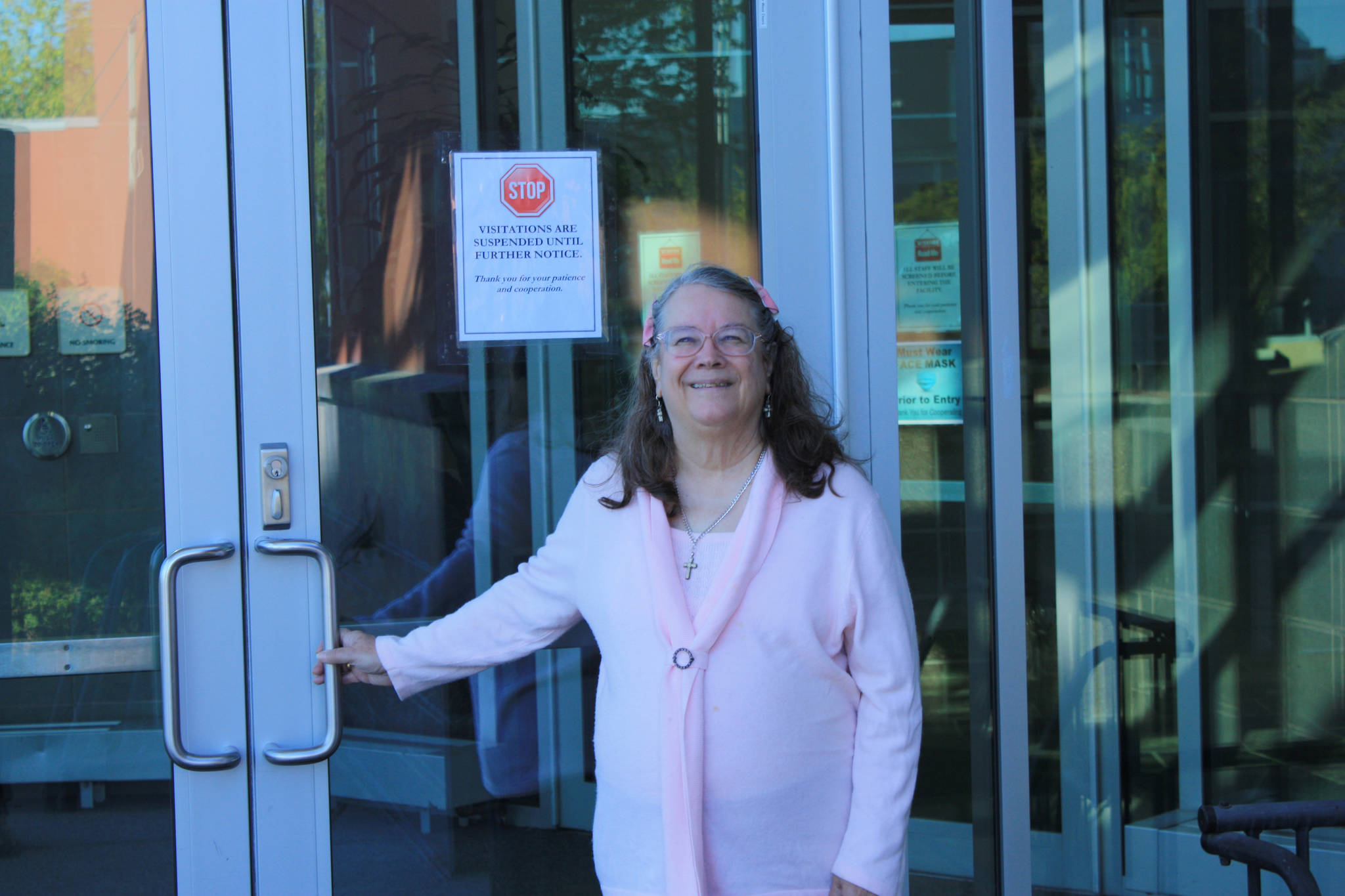By Faith J. Myers
If good intentions, a large budget, and an army of people were enough to mitigate the homeless crisis in Alaska, the issue would have been resolved by now.
In my opinion, solving the homeless crisis cannot be done from 30,000 feet. To be successful state and city agencies have to move closer and with that there would be a better understanding of what is causing the homeless crisis.
The person most likely to become homeless will at some point be transported to a psychiatric emergency room for a forced evaluation. Up to 47% will experience trauma that may cause or exacerbate post traumatic stress disorder and after an evaluation or treatment, a person can be dumped on the streets with no place to go. That is my opinion, based on personal experience. I could be proven right or wrong except to my knowledge, the state and cities have done no research or kept statistics on psychiatric patient trauma during treatment or transportation.
It is my impression that two-thirds of the patients at state-run Alaska Psychiatric Institute have some form of schizophrenia. These individuals because of the projected crowded conditions would not be successful candidates for a mega-homeless shelter. It is also my impression that state and city governments have very little necessary information about the homeless individuals they are trying to help.
The Alaska Psychiatric Institute is a state-owned-and-operated psychiatric facility. There are dozens of private psychiatric facilities or units that are funded by the state through direct funding or grant money, that participate in civil commitments, forced evaluations and treatment of over 10,000 people annually. Without changes in laws or regulations, the state cannot require these psychiatric units to supply the state with statistics of patient complaints, injuries or traumatic events. Without these statistics it is difficult or impossible for the state to do quality control.
I have been in private psychiatric units for a forced examination. Even a moderate examination of the new psychiatric evaluation and treatment rooms in private hospitals is disappointing. Patient rights are not protected because important state laws meant to protect disabled psychiatric patients do not extend to most private psychiatric units. People with a mental illness that are not given adequate state protection and care are the most likely to become homeless.
People that are experiencing long-term homelessness or a mental illness are interconnected. As of now, the state and cities lack the basic information and programs to provide effective help for people who in many cases have been determined to have a disability. The state and cities must take the time to know the individuals that they are trying to help.
• Faith J. Myers is the author of the book, “Going Crazy in Alaska: A History of Alaska’s Treatment of Psychiatric Patients.” She has volunteered as a mental health advocate for over 10 years.

